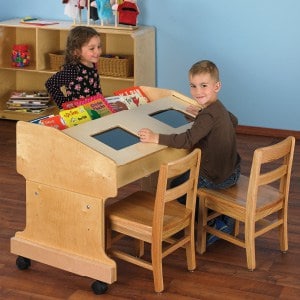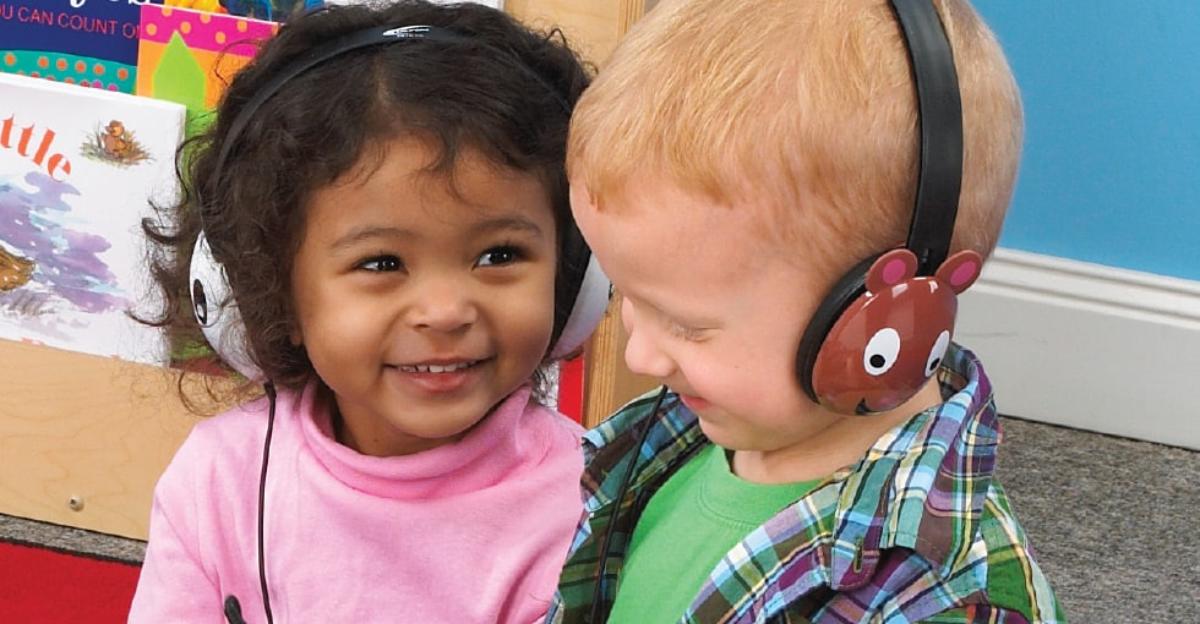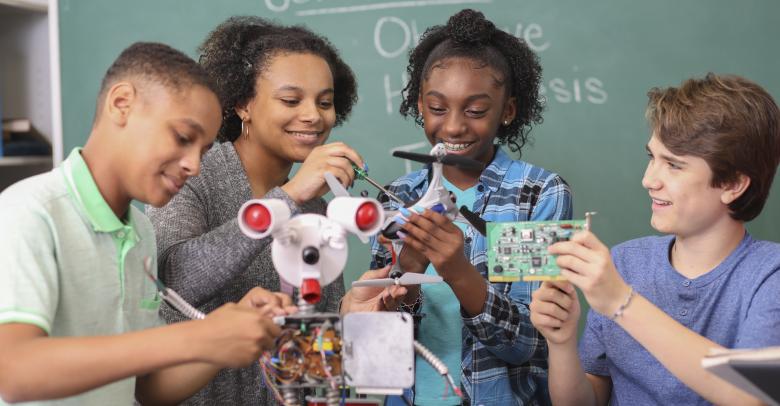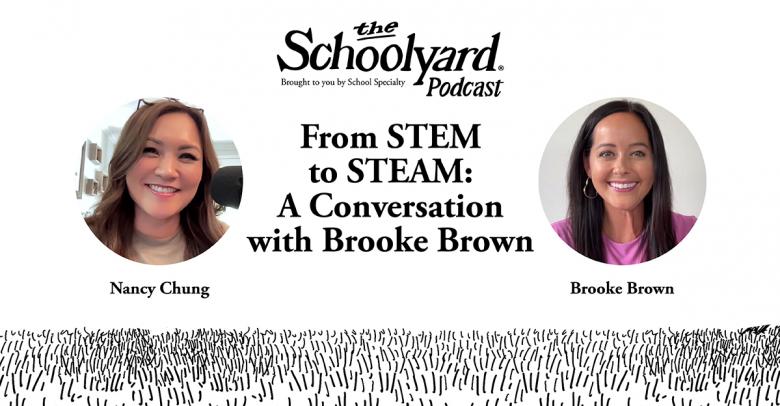By now, educators are aware that the focus of education is shifting to the skills embedded in STEAM—science, technology, engineering, the arts, and math. If our country is going to remain competitive in the 21st century global economy, our students need to become much more proficient in these subjects. With that in mind, this is the second post in a series about bringing STEAM into your early childhood classroom.
Why Technology?
You might think that today’s digitally-native students don’t need any more instruction in technology. Your early childhood students were probably using an iPad before they could walk.
There’s a difference between being able to use technology and being able to interact with technology. The former is just hitting buttons and getting a response. The latter is being able to use technology creatively in ways that support the other STEAM skills and their academic growth as a whole.
 How to Bring in More Technology
How to Bring in More Technology
Adding technology to the early childhood classroom can be a challenge. First, there is obviously the task of actually acquiring the technology tools. Second, how you safeguard those tools, which tend to be quite expensive.
There are plenty of tablet and device cases that do their best to kid-proof gadgets. There are also storage solutions, like our carts and Tech Tubs, which stow and charge devices when not in use. When you’ve acquired and safeguarded the technology, now is the time to find ways for students to use it effectively.
There are plenty of apps out there that help students work in the other subjects, especially math and reading. But when we talk about interacting with technology, we are looking for apps that help students develop logic and sequence skills. These apply especially to math and engineering.
Finally, use the devices in creative ways. They tend to have cameras and video recorders built in, so let the students create their own projects based around the other topics you are covering.
In other words, technology can be your best assessment tool. Rather than having students sit for a traditional assessment, have them show you what they learned using their new tools. They will be much more engaged and you will be developing the important skill of being able to use technology effectively to accomplish varied tasks.
We’ve come a long way from blocks and Lincoln Logs being the go-to tools of the early learning classroom. Now students routinely show their teachers how to accomplish tasks with their devices. Let that happen. It prepares them for the economy, and the world, they will eventually enter.






Leave a Reply